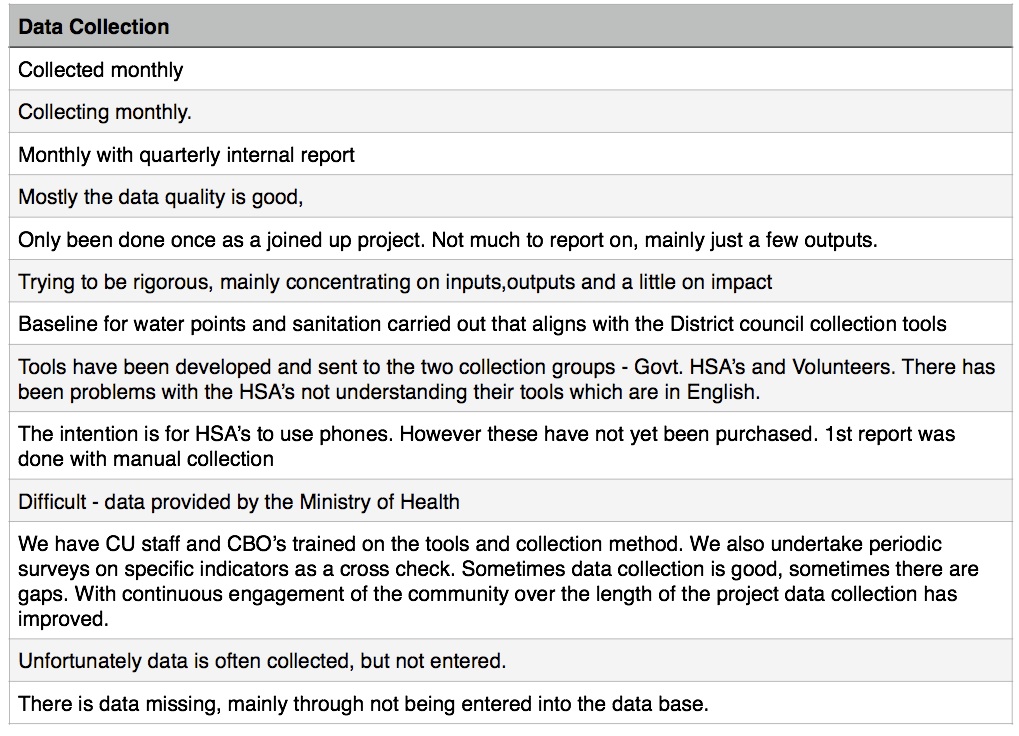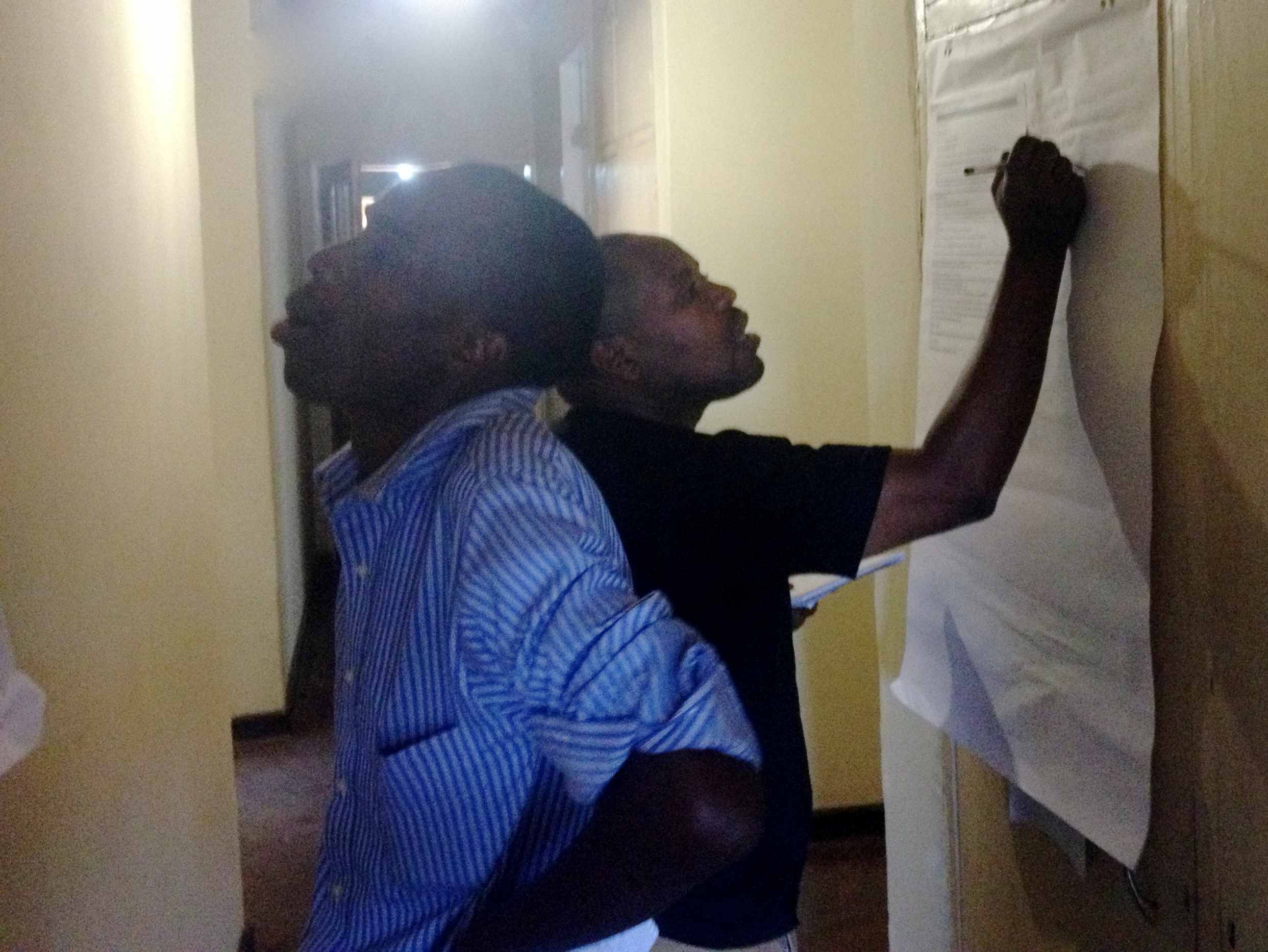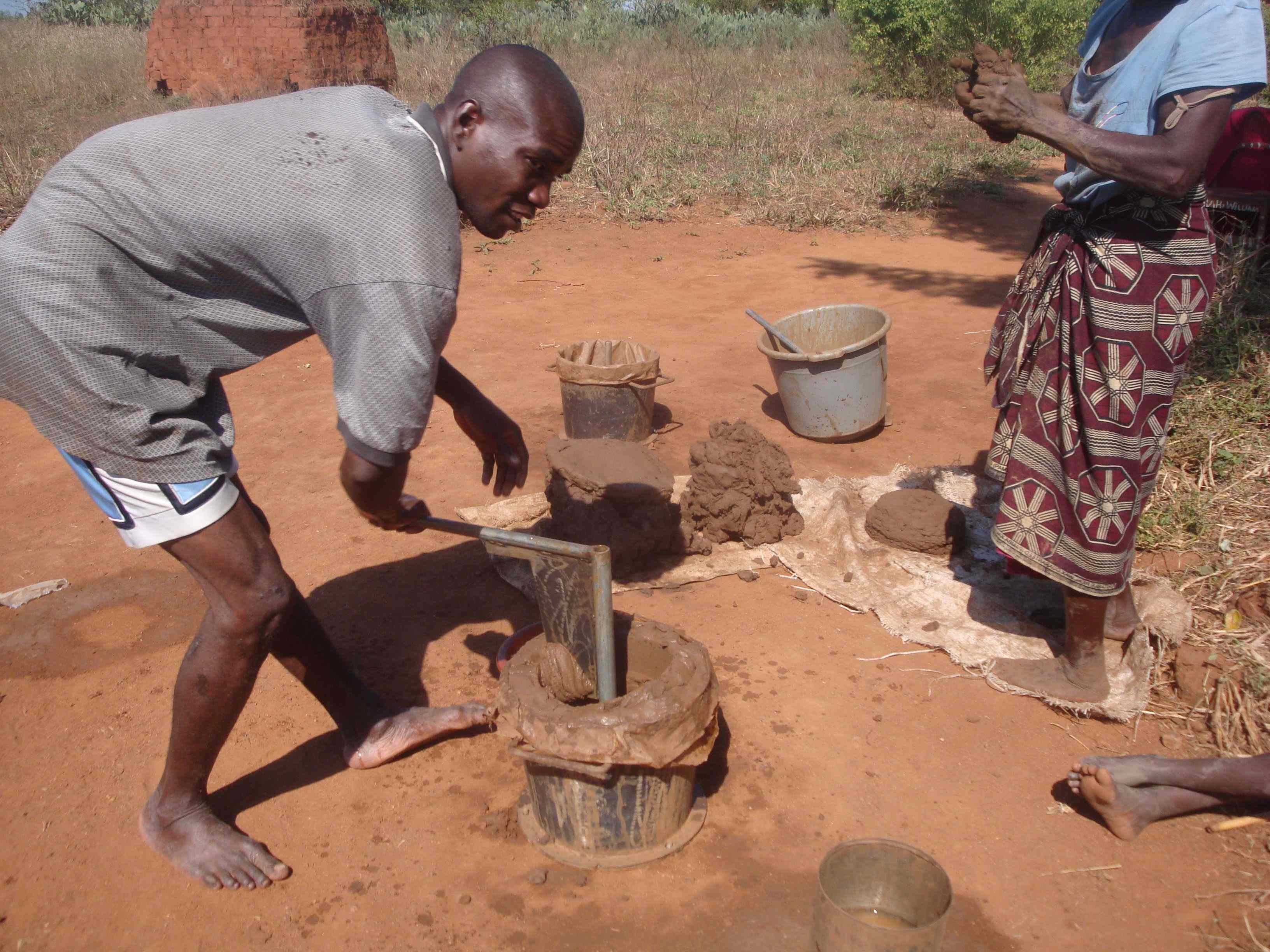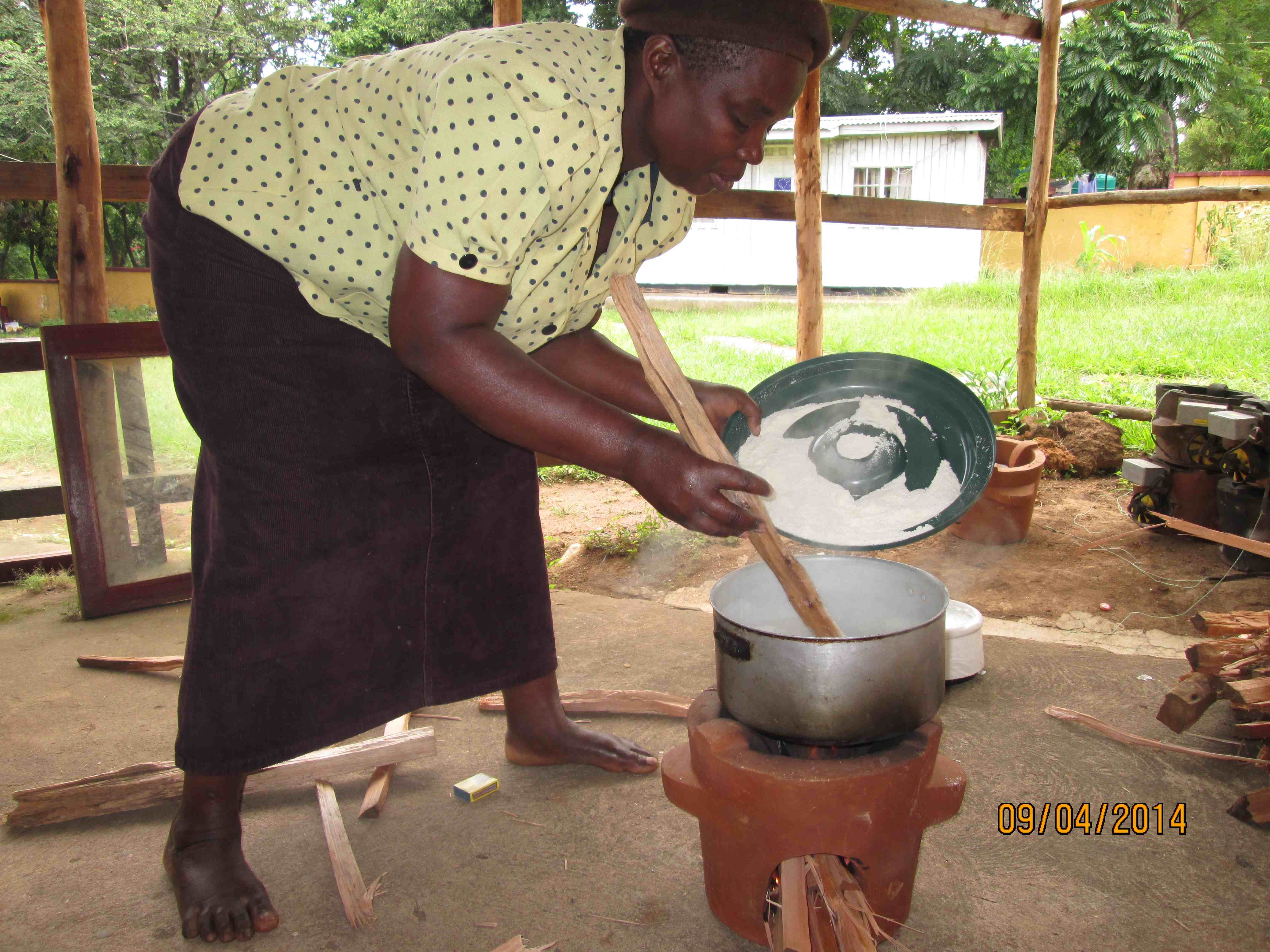Improving/Coordinating Monitoring & Evaluation (M&E) in CU Malwi is all about working in a complex system that IMO requires a Participatory Action Research (PAR) approach.
There are approximately 22 people involved in M&E over roughly 16 projects with around 10 partner agencies and 23 donor organisations. The approximations are because there are projects with separately funded sub projects, projects funded by multi-donors and people are always on the move. My first step was to interview as many of those involved in M&E as I could regarding the state of M&E in their project. My questions were framed around six elements of M&E (LogFrame, Indicators, Data base, Data Collection tools, Data Collection Process and Reporting). There was an additional three relating to performance (Challenges, Strengths and Fitness for Purpose). I took all the answers to each of these questions, stripped the authors & projects, and roughly ranked them from ‘good’ to ‘bad’.

An extract of the list of responses to the question “‘Tell me about data collection in the project”
I then sent this out asking for impressions about the state of each M&E element in CU. I got 2 responses. Unfortunately I didn’t realise that this was a really busy reporting time of year, thus when I ran a workshop to get more responses, despite attendance confirmations only 4 people attended. Furthermore, the non-attendees included the three most senior project M&E staff. In the workshop I included the comments from the first two, and thus effectively I got a response that involved all six. This means my engagement is from only 6/22 stakeholders.

Tigwirizani & Fredson responding to the lists of answers to each of the elements of M&E. Each table was printed out at A3 size & stapled to butchers paper, then taped to the wall.
So…. an Action Research Question.
The participants have provided what looks to me a like a quite realistic and sensible analysis of the ‘State of M&E in CU’ but it has been generated by only a minority of stakeholders. What to do next? My inclination is to ‘publish and be damned’ i.e. publish the results and see what happens. My rational mind though says that I need to keep it all in the ‘groan zone’ a bit more to allow greater dialogue and inclusion. Options I’ve been considering:
1) I could try and organise a repeat meeting & invite only those that did not contribute before.
2) Maybe there is some intermediate step I could invent around which I could invite all to attend (at a more convenient time) which still honours the work of the earlier ones whilst enabling some backtracking for the others.
3) I could approach individually the three key people to ensure I get their individual responses, and somehow amalgamate what they say with the earlier ones into a coherent response. With this option, would I include none of the work of the first group? all their work? or only their combined reflections?
Some considerations:
All four ‘key respondents’ are at different locations approx 300k from each other. Internet and telecoms systems are not capable of conference calls or Skype.
Any ideas & suggestions would be welcome.


